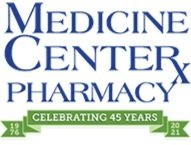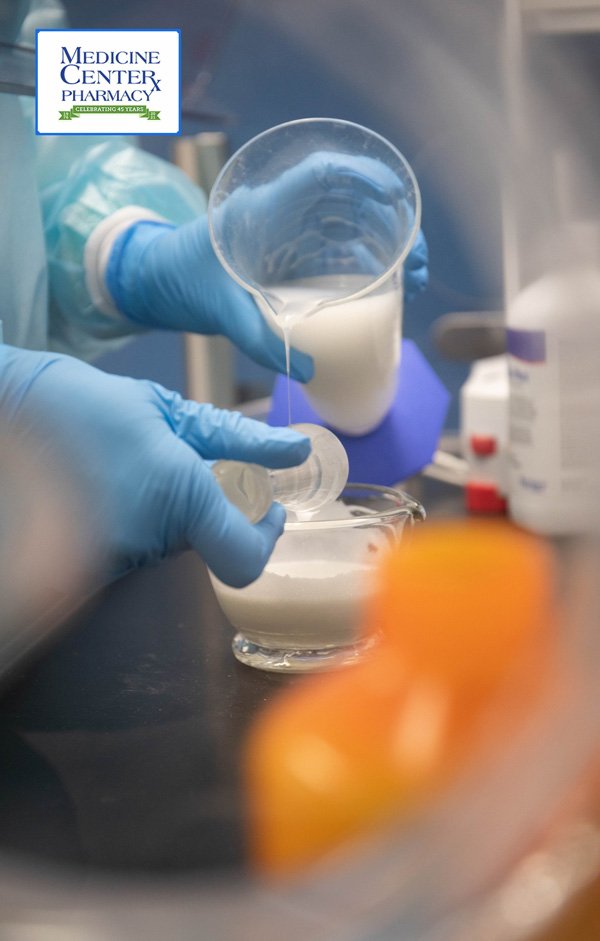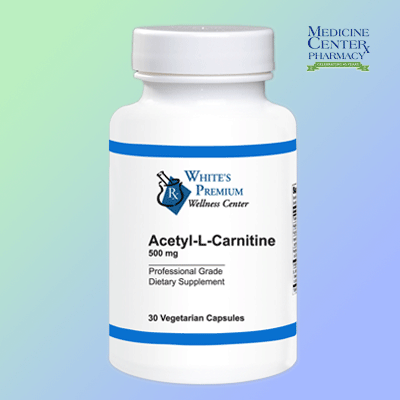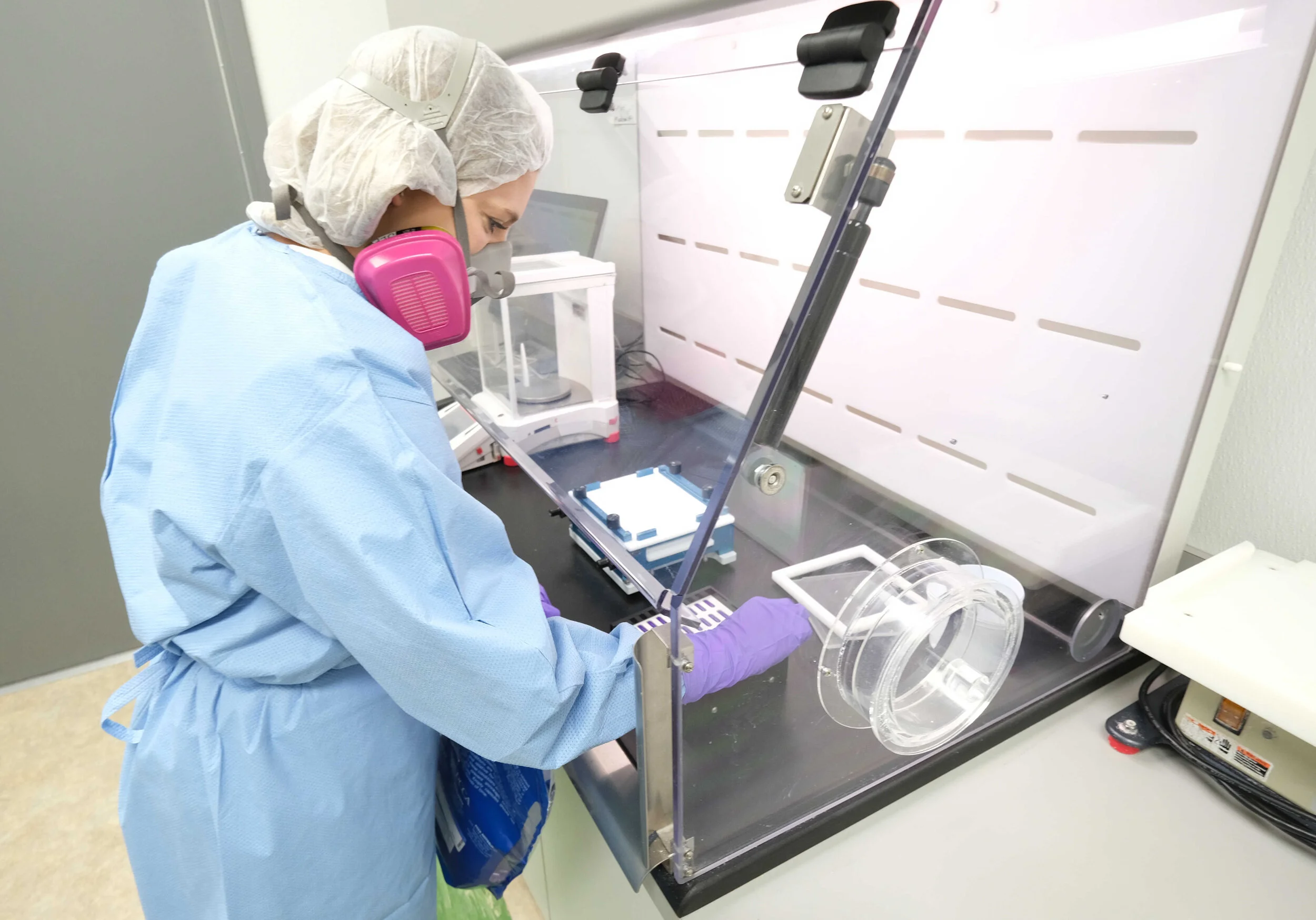What is Methylene Blue:
In the world of medical research, certain compounds often take center stage due to their versatile applications. Methylene Blue (MB), a synthetic dye with a long history in various industries, has recently emerged as a potential therapeutic powerhouse. From neurological disorders to infectious diseases, the latest research is shedding light on its diverse medical applications. However, it is crucial to recognize the importance of obtaining methylene blue through a prescription and from accredited compounding pharmacies that prioritize pharmaceutical-grade ingredients.
The Rediscovery of Methylene Blue:
Originally synthesized in the late 19th century, methylene blue found its place in textile and dyeing industries. However, over the years, researchers began exploring its potential in the medical field, leading to a resurgence of interest in its pharmacological properties.
Can Methylene Blue be used for Neurological Disorders:
Recent studies have shown promising results regarding methylene blue's efficacy in neurological disorders. Alzheimer's disease, Parkinson's disease, and traumatic brain injuries are among the conditions where MB has demonstrated neuroprotective effects. Research suggests that MB may help mitigate oxidative stress, reduce neuroinflammation, and enhance mitochondrial function, contributing to improved cognitive outcomes.
Can Methylene Blue be used for Infectious Diseases:
Methylene blue's antimicrobial properties have been extensively studied, revealing its potential in the fight against infectious diseases. Studies have explored its effectiveness against various bacteria, viruses, and even parasites. In particular, MB has shown promise in the treatment of malaria, showcasing its versatility in combating a range of pathogens.
Can Methylene Blue be used for Cardiovascular Health:
The cardiovascular benefits of methylene blue have also been a subject of recent research. Studies indicate that MB may improve vascular function, enhance blood flow, and protect against endothelial dysfunction. These findings suggest potential applications in managing conditions like hypertension and cardiovascular diseases.
Can Methylene Blue be used for Cancer Therapy:
Methylene blue's role in cancer therapy has sparked interest as well. Some studies suggest that MB may have antitumor effects, making it a potential adjunctive treatment in certain cancers. While more research is needed, early findings point to the compound's ability to inhibit cancer cell growth and induce apoptosis.
Prescription and Quality Sourcing:
Despite the promising research surrounding methylene blue, it is essential to emphasize the significance of obtaining it with a prescription and from accredited compounding pharmacies. Pharmaceutical-grade ingredients of the highest quality ensure the purity and safety of the compound, minimizing the risk of contamination or impurities.
Methylene blue is a potent compound, and its therapeutic use should be under the guidance of a qualified healthcare professional. A prescription ensures that the dosage is tailored to the patient's specific needs, reducing the likelihood of adverse effects and ensuring optimal therapeutic benefits.
PCAB Accredited Compounding Pharmacies:
Choosing an accredited compounding pharmacy is equally crucial. These pharmacies adhere to strict quality standards, using pharmaceutical-grade ingredients that meet rigorous purity and potency criteria. This ensures that the methylene blue obtained is of the highest quality, enhancing its safety and effectiveness.
Methylene blue's journey from a textile dye to a potential medical marvel is a testament to the ever-evolving landscape of medical research. The latest studies suggest a myriad of therapeutic applications, ranging from neurological disorders to infectious diseases and cancer. However, the responsible and safe use of methylene blue requires a prescription and a commitment to obtaining it from accredited compounding pharmacies. The Medicine Center Pharmacy in New Philadelpiha, Ohio is. your local resource for quality compounding solutions for patients and providers. Give the Medicine Center a call at 330-339-4466 or send us an email if you would like to learn more about Methylene Blue or other compounded prescription solutions. At the Medicine Center Pharmacy, we prioritize pharmaceutical-grade ingredients and quality sourcing, so we can unlock the full potential of methylene blue in advancing medical therapies.
































